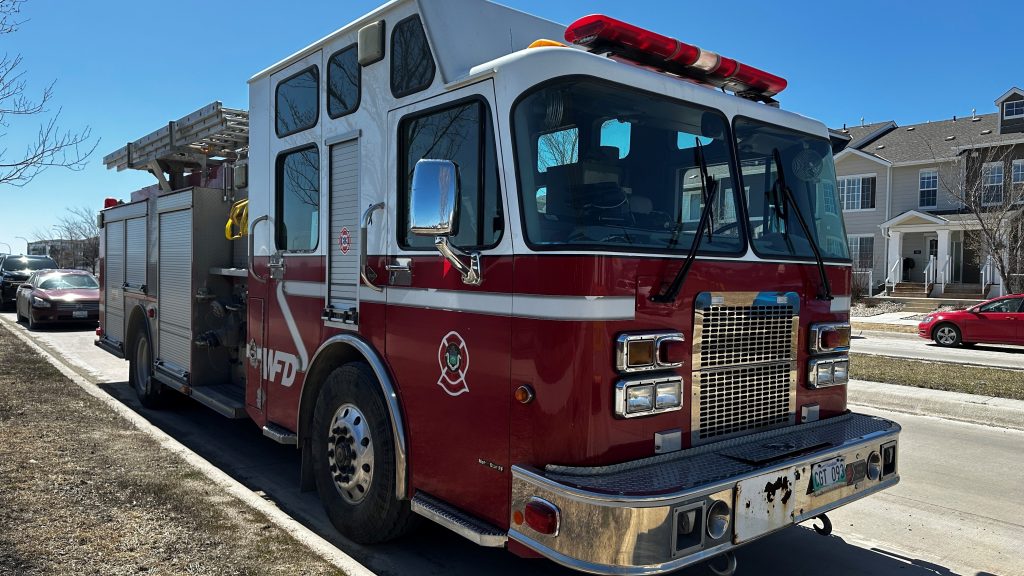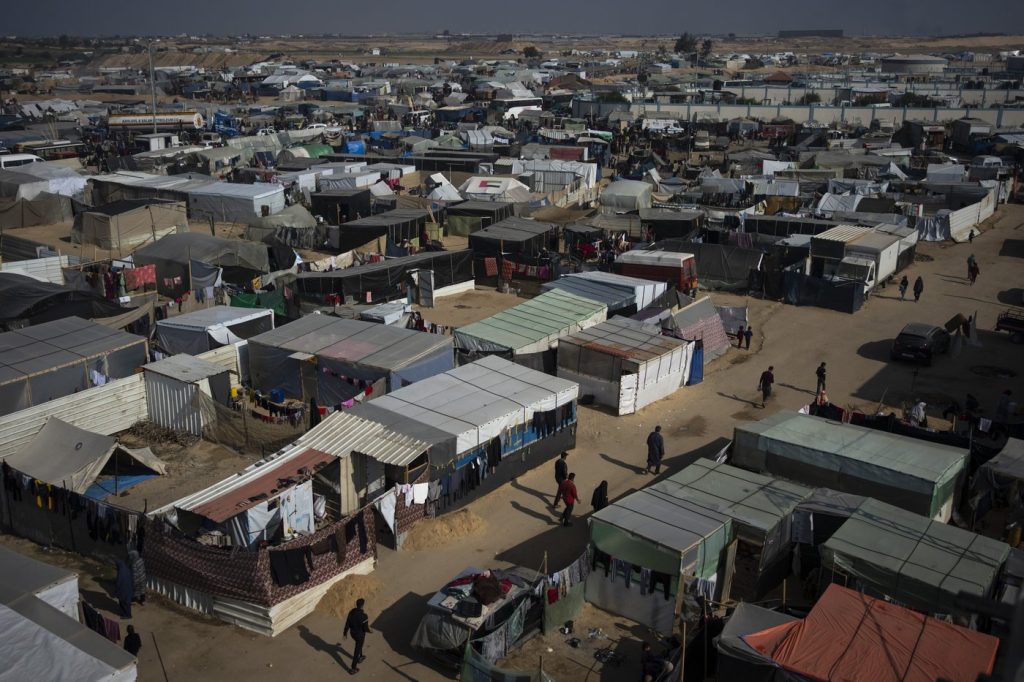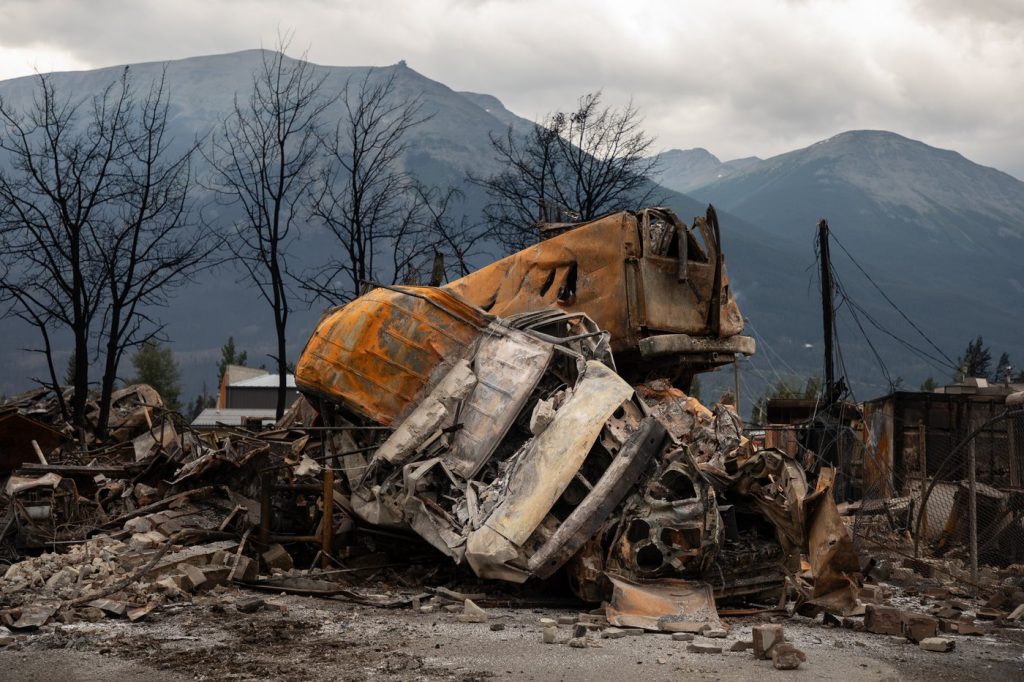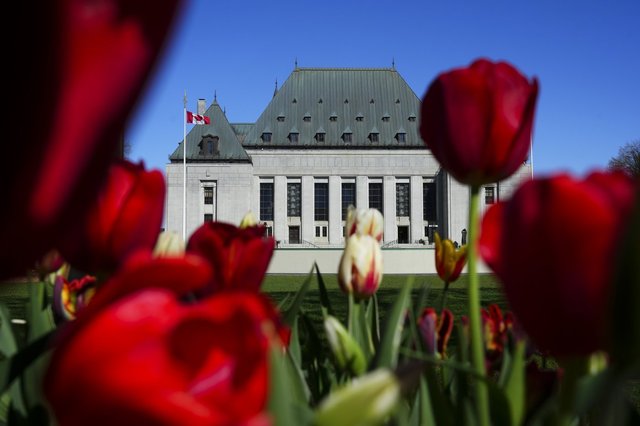Ottawa police inspector worried ‘Freedom Convoy’ could turn into Capitol Hill attack

Posted October 25, 2022 3:00 am.
Last Updated October 25, 2022 2:15 pm.
An inspector with the Ottawa Police Service told the Public Order Emergency Commission the protest that strangled downtown Ottawa last winter “exceeded” all expectations police had about how many people would take part.
Insp. Russell Lucas also said while he felt the first few days of the “Freedom Convoy” were managed well, police missed an opportunity to shrink the area of the protest when crowds thinned out after the first weekend.
Lucas, who was an Ottawa police incident commander during the convoy, was the first on the stand Tuesday as the public inquiry continued into the federal government’s unprecedented use of the Emergencies Act to bring an end to the massive demonstration. For nearly three weeks in late January and early February, parts of downtown Ottawa were blocked by hundreds of cars, vans and semi trucks.
In an interview with commission lawyers before the public hearings, Lucas said social media posts made him worry the “Freedom Convoy” could turn into a Jan. 6-style attack on Parliament Hill.
A summary of that interview was tabled as evidence as part of Lucas’s testimony Tuesday.
The “Freedom Convoy” was a name coined by some of the demonstrators, who were massing in Ottawa to demand an end to all COVID-19 restrictions. Some in the various groups also wanted the Liberal government and Prime Minister Justin Trudeau thrown out of office, while others carried signs demanding Trudeau be tried for treason.
Related: Police assessment didn’t warn convoy would use locals as ‘leverage’: Ottawa interim police chief
Some social media posts ahead of the convoy’s arrival in Ottawa on Jan. 29 discussed making the protest Canada’s Jan. 6, referencing the storming of the U.S. Capitol Building on Jan. 6, 2021, by a mob of people who refused to accept the results of the presidential election that was won by Joe Biden.
Lucas’s fears a similar mob would storm Parliament Hill never materialized, but he said he was shocked by how many vehicles arrived and said police were overwhelmed trying to control them.
“The analogy I use is I have one load of sandbags, and we’re building a wall, but you see the waters are rising faster and you know you’re going to get overwhelmed with the water that’s coming.”
He said close to 5,000 vehicles tried entering Ottawa on Jan. 29, the first major day of demonstrations, and that many were stopped travelling from Quebec.
He also said police only had a week to prepare for the protest, comparing it to his experience planning for the 2016 North American Leaders Summit in Ottawa, which he said unfolded over months.
Lucas’s statements come after testimony from other senior Ottawa officers painted a picture of the difficulty police had with intelligence gathering and planning for the event, as well as a struggle for resources and a lack of contingency plan in the event protesters wouldn’t leave.
Interim chief Steve Bell and others have said they were planning for a three-day protest that was peaceful.
Bell said Monday the police had not properly prepared for the affect the protests would have on local residents, including violence.
But the commission has also heard that a local hotel association warned police ahead of the convoy’s arrival that protesters were booking rooms for 30 days.
And intelligence prepared by Ontario Provincial Police and submitted as evidence as part of the inquiry flagged the “Freedom Convoy” was deemed “high risk” for traffic disruptions and illegal activity.
Ottawa police have said those reports were not seen by senior officers in Ottawa until after the protest already descended on the city.
In earlier testimony, OPP officers testified there was a lack of informed intelligence and dysfunction in the ranks of Ottawa police from the early days of the protest.








